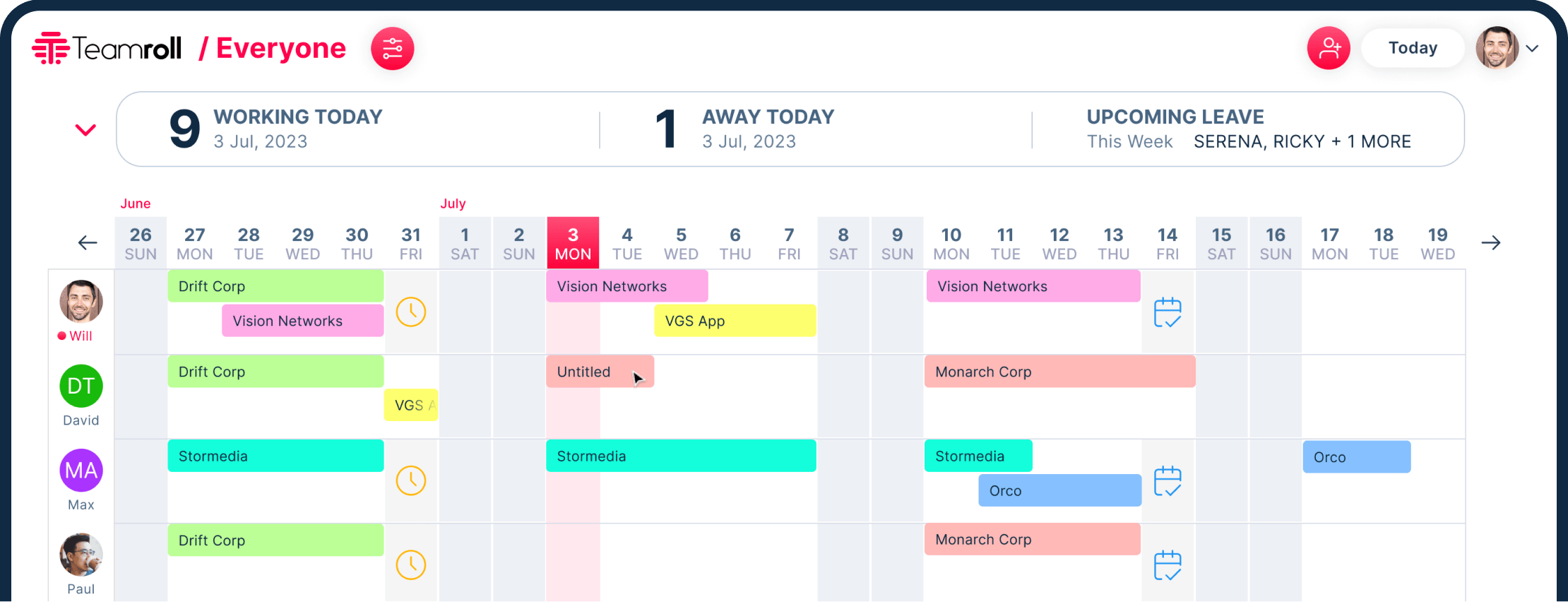 Have you ever started filling a bucket with water, only to find there was a crack in the bottom? What’s your first response – to turn the tap on further and pour more water in? Of course not!
Have you ever started filling a bucket with water, only to find there was a crack in the bottom? What’s your first response – to turn the tap on further and pour more water in? Of course not!
Even my preschooler children would know they need to find a new bucket or come and get me to fix the crack with some duct tape.
Let’s think of your website as a bucket, you’re trying to capture new leads and paying customers. If most of your web traffic are browsing your site and moving on, then you’ve got a ‘leaky website problem’ – potential clients are leaking through the cracks instead of taking the action you want them to take (whether that’s picking up the phone, filling in a form, or pulling out a credit card).
Just getting lots of traffic to your website is not the answer
A lot of people assume the key to a successful website is getting lots of traffic (spending all your resources on search engine optimisation, AdWords, blogging, social media, etc…). In reality for most websites, increasing traffic is just like swapping your garden hose for a fire hose and continuing to use the same leaky bucket!
The smartest strategy to get your website performing is to focus on improving your website’s conversion rate (in the online world this is called conversion rate optimisation). Set up a way to track conversions and then test out different landing pages, using alternate headlines, text and images in order to improve your conversion rate.
Once you’ve refined your website sales funnel, traffic is converting and your online leads are becoming paying customers – then you can focus more of your attention on increasing traffic. Because once you’ve got a website that converts traffic into paying customers, you know your efforts generating more traffic will always pay off.
What’s the fastest way to test and refine your website’s conversion rate?
Of course, in order to test your website’s conversion rate, you’ll need a certain amount of traffic coming in. This is where AdWords can help you save a lot of time. Set up your conversion tracking, run some AdWords campaigns with relevant keywords and test the results.
Going back to the bucket example, AdWords can be thought of as a tap – it’s like fixing the leak with duct tape, then running the tap for a short burst to check your results. If your first short burst of AdWords traffic doesn’t work, simply reiterate the process until you’re happy with the percentage of traffic that turns into paying customers.
Once you’ve fixed your “leaky website problem” and refined your website sales funnel, then you can safely open up more traffic sources (whether that’s increasing AdWords spend, writing blog articles, participating in social media, etc).
P.S. There’s no reason to ever stop working at improving your conversion rate. Even tiny incremental improvement to your website’s conversion rate will have multiplying effects on your sales numbers.
 Have you ever started filling a bucket with water, only to find there was a crack in the bottom? What’s your first response – to turn the tap on further and pour more water in? Of course not!
Have you ever started filling a bucket with water, only to find there was a crack in the bottom? What’s your first response – to turn the tap on further and pour more water in? Of course not!


